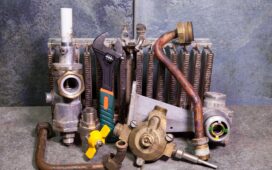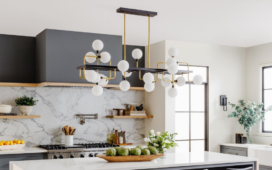Vacuum pumps are not designed equally though they are generally used for a wide range of applications in several industries. It is important to consider some essential questions before making your choice of a vacuum pump. We’d be looking at those questions shortly. However, providing answers to those questions will ensure that you get the right vacuum pump for your need as well as streamline your purchasing timeline accordingly.
#1: What’s the required operating pressure?
It is very important to have a clear understanding of the operating pressure of the vacuum pump for your application. This is something every operator should know. Some people usually conflict required operating pressure with ultimate pressure during the purchase of a new or replacement equipment. Let’s get it clear now. While operating pressure refers to the pressure required for a certain process, ultimate pressure talks about the deepest operating pressure produced by a particular pump. So, it means that an ultimate pressure does not always imply the normal required operating pressure for a certain process.
#2: Is contamination a risk?
You need to consider how dry or wet your application with the vacuum pump provider is going to be. Why? This is simply because each of these conditions could pose a high level of risks to a vacuum pump system. Remember that the vacuum pumps pull the process toward the system rather than expelling air out of the system.
#3: What is the required flow?
There are several ways to express the required flow. ACFM and SCFM are terms commonly used in expressing required flow. However, it is important to understand their differences because mixing them up could lead to either oversized equipment or an undersized one.
ACFM is an abbreviation for the actual cubic feet per minute. It is used to describe the flow at actual conditions. SCFM implies standard cubic feet per minute. It is used to express the flow at a specific set of conditions. There is an assumption in SCFM that while the pressure is 14.7 psi, the temperature is 60°F while the relative humidity is 0%.
#4: Is there space or location considerations?
It is important to consider the location and space when you want to buy a new vacuum pump. This way, you are sure that the vacuum pump fits perfectly into your facility.
#5: What are the evacuation time and pressure parameters?
The actual time it takes for the required pressure level to be created is known as the Evacuation. This also depends on where you’re going to apply the vacuum pump. Generally, the right equipment needs to be used and applied correctly to obtain a product of high quality
With the right information, it is easier for the vacuum pump provider to protect the vacuum pump from premature failure, adverse reactions, and contaminations as they specify the correct technology. If you are still not sure which pump to go for, you can check out LeDab.ca vacuum pumps.







